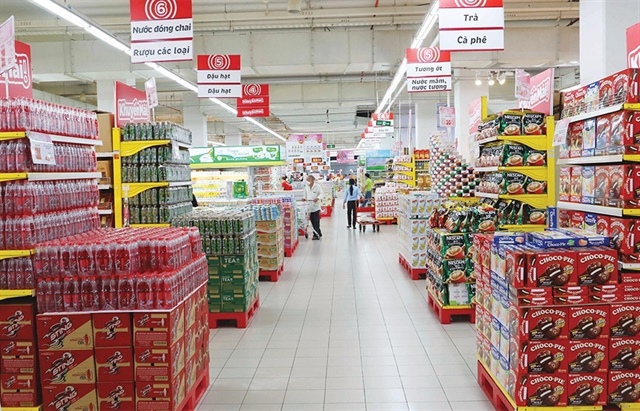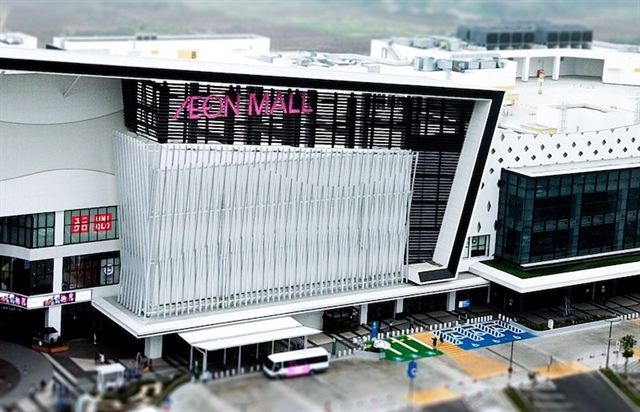Manufacturing growth rates moderate in January
Manufacturing growth rates moderate in January
The start of 2019 saw a moderation of growth in the Vietnamese manufacturing sector as rates of expansion in output, new orders and employment continued to ease from the recent highs seen in November last year, Nikkei said in a report launched today, February 1.

Latest data of the report again signaled a lack of inflationary pressures in January. Input costs increased marginally, while output prices decreased for the fourth time in the past five months.
The headline Nikkei Vietnam Manufacturing Purchasing Managers’ Index (PMI) posted 51.9 in January, thereby signaling a modest strengthening of business conditions in the sector. The reading was down from 53.8 in December to the lowest since last September, but growth has now been registered in 38 successive months.
In line with the headline figure, both output and new orders increased at softer rates in January. However, in both cases, growth remained solid amid reports of improving client demand.
Production has now risen in each of the past 14 months. Alongside growth of total new business, new export orders also continued to expand, but at a weaker rate than in December.
According to the report, inflationary pressures were muted again in January. Input prices increased following the first fall in almost three years in December, but the rate of inflation was only marginal and well below the series average. Panelists reported softening market prices, although material shortages led to price rises in some cases.
With input costs up only slightly, companies lowered their output prices again at the start of 2019. Selling prices have decreased in four of the past five months.
Andrew Harker, associate director at IHS Markit, which compiles the survey, said: “While still signaling growth for the Vietnamese manufacturing sector, the latest PMI data highlight that the economy can’t be completely immune from the weakness seen elsewhere in the region and issues with global trade. While these issues persist, therefore, the sector is likely to remain in a softer growth phase.”
Manufacturers continued to take on extra staff in response to higher new orders, extending the current sequence of job creation to 34 months. This additional capacity helped firms to work through their outstanding business as new order growth slowed. Backlogs of work decreased for the first time in three months.
Firms were again strongly confident that output will rise over the coming year, with more than half of all respondents expressing optimism. Sentiment was broadly in line with the series average. Panelists indicated that expected improvements in customer demand over the next 12 months should help them to meet company plans.





















